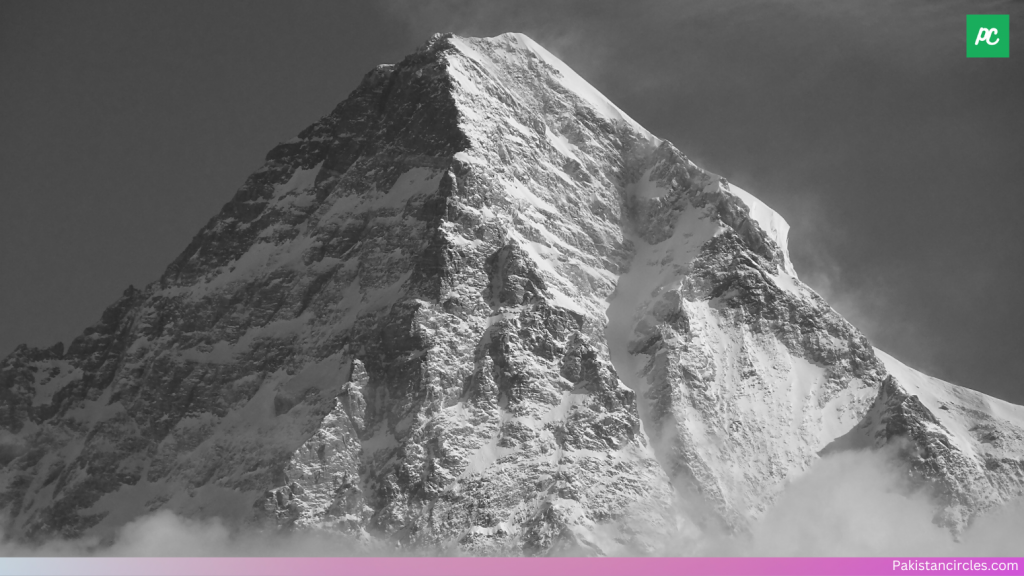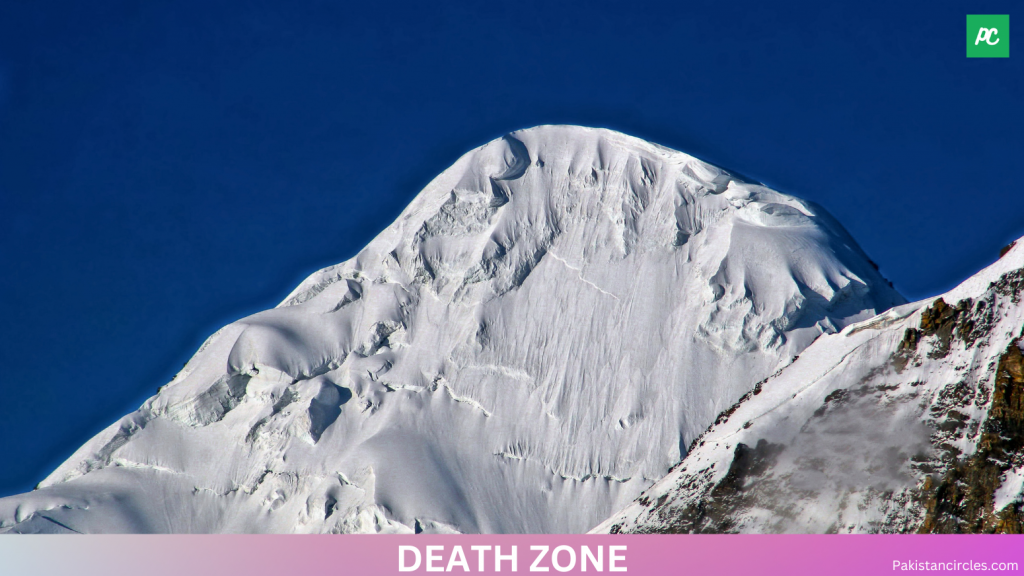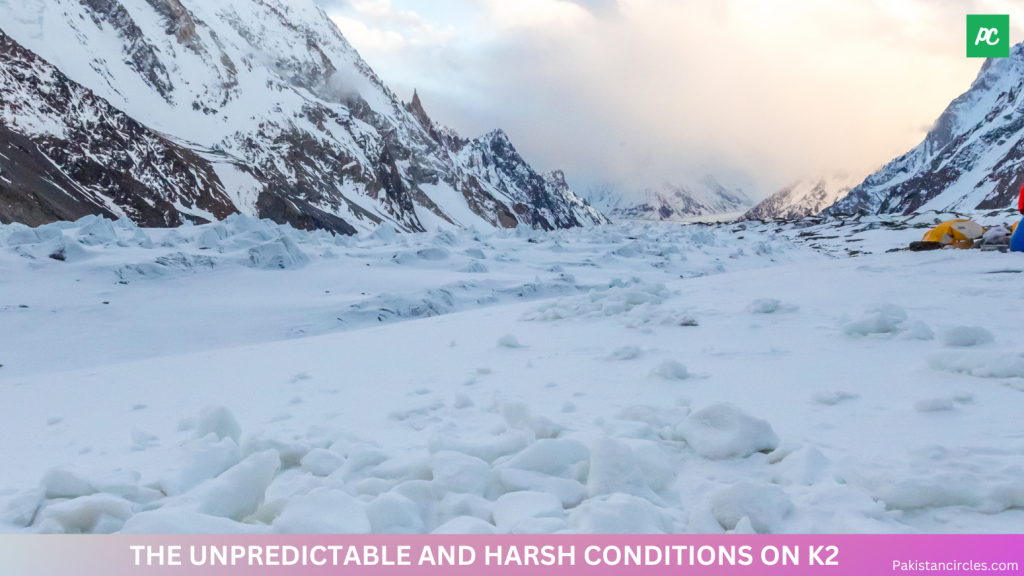The Ins and Outs of Climbing K2. K2, also known as Mount Godwin-Austen or Chhogori, is a majestic and challenging mountain. Located on the border between Pakistan and China in the Karakoram mountain range. With a summit elevation of 8,611 meters (28,251 feet). It is the second highest peak in the world, after Mount Everest. Despite its height, K2 is widely considered to be a more difficult and dangerous climb than Everest. In this article, we will delve into the history, characteristics, and challenges of climbing K2.
First Successful Ascent Of The Mountain

The first recorded attempt to climb K2 was made by a British expedition in 1902, but they were unsuccessful. It wasn’t until 1953 that an Italian team, led by Ardito Desio, made the first successful ascent of the mountain. The team used the Abruzzi Spur, a steep and technical route. That is still considered the standard route for climbing K2 today. Since then, only about 400 people have successfully climbed K2, compared to the thousands who have summited Mount Everest.
One of the reasons for the high level of difficulty and danger associated with climbing K2 is the mountain’s unpredictable and harsh weather. The climbing season on K2 is short, usually lasting from late June to early August. And climbers often have to face high winds, heavy snowfall, and sub-zero temperatures. The mountain is known for its steep and technical routes. As well as the dangers of avalanches and ice falls.
The Death Zone

Above 8,000 meters, the environment is referred to as the “death zone”. Due to the lack of oxygen and the increased risk of altitude sickness. In this environment, the body’s ability to function is severely impaired. And climbers must rely on supplementary oxygen to survive. The altitude, combined with the challenging terrain, makes climbing K2 a physically and mentally demanding task, often requiring weeks of preparation and endurance.
King Of Mountains
The local people of Pakistan and China have named the mountain Chhogori, which means “king of mountains” in Balti language. The name “K2” was given by British surveyor T.G. Montgomery in 1856, as it was the second peak of the Karakoram range to be surveyed. The Karakoram range is home to some of the highest peaks in the world, including K2, Nanga Parbat, and Gasherbrum I and II.
The Unpredictable And Harsh Conditions On K2

Unfortunately, climate change is affecting K2 and the surrounding area, with melting glaciers and increased rockfall posing new risks to climbers. The most recent climbing season in 2020 was the deadliest in recent years with 11 climbers losing their lives. This highlights the importance of considering the impact of climate change and the delicate ecosystem surrounding the mountain before attempting to climb it.
How To Prepare For A Climb Of K2
Climbing K2 is a challenging and dangerous undertaking that requires careful planning and preparation. Here are a few things that are essential for climbing K2:
Physical Fitness And Conditioning:
Climbing K2 is a physically demanding task that requires a high level of fitness and endurance. It’s important to train for the climb well in advance, focusing on cardio, strength, and endurance exercises.
High Altitude Experience
K2 is a high-altitude climb, and the “death zone” above 8,000 meters can be extremely dangerous. It’s important to have experience climbing at high altitude, and to be familiar with the effects of altitude sickness and how to prevent it.
Climbing Gear And Equipment
K2 is a steep and technical climb, and you will need to have the appropriate gear and equipment. This includes climbing harnesses, ropes, carabiners, ice axes, crampons, helmets, and other technical climbing gear. Additionally, you will need warm clothing, insulated boots, and a good sleeping bag and tent.
Emergency Gear And Equipment
In case of an emergency, it’s important to have the necessary gear and equipment to survive in the high-altitude environment. This includes a satellite phone, a personal locator beacon, and a comprehensive first aid kit.
Guides And Support
Hiring a reputable guide service is essential for climbing K2, as they will have the experience, knowledge, and resources to help you navigate the complex and challenging terrain. Additionally, you may need a support team to help with logistics, such as carrying gear and supplies.
Insurance
Climbing K2 is an inherently risky activity, and it’s important to have comprehensive insurance that covers medical expenses, evacuation, and repatriation in case of an emergency.
Permits And Paperwork
Climbing K2 requires obtaining the necessary permits and paperwork from the local authorities in Pakistan. It’s important to work with a guide service that can help you with the permitting process.
Respect For The Local Culture And The Mountain
Climbing K2 is also important to respect local culture and to minimize the impact of climbing on the mountain and the surrounding environment.
It’s important to note that climbing K2 is a serious undertaking. And should only be attempted highly experienced and well-prepared climbers. It’s also important to have a reputable guide and to respect the local culture and the mountain.
Logistics And Support
Reaching K2 can be a challenging and complex process that requires careful planning and preparation. Here is an overview of how to reach the base camp of K2:
Fly To Islamabad, Pakistan
The first step to reaching K2 is to fly to the capital city of Pakistan, Islamabad. From here, you can take a connecting flight to Skardu, the gateway to the Karakoram range.
Take A Jeep To Askole: From Skardu, you will need to take a jeep to the village of Askole, which is the starting point for the trek to K2 base camp. The journey takes around 2-3 days and is a rough, bumpy ride through the Karakoram Highway.
Trek To K2 Base Camp: From Askole, the trek to K2 base camp begins. It typically takes around 7-10 days to reach the base camp, depending on your itinerary and the speed of your group. The trek is a challenging one, with steep inclines, rocky terrain, and unpredictable weather. You will also need to cross several glaciers and rivers, so it’s important to have the appropriate gear and guides.
Acclimatization: Upon arrival at base camp, it’s important to spend several days acclimatizing to the altitude before attempting to climb K2. This will help you to avoid altitude sickness and to prepare your body for the rigors of climbing at high altitude.
Climbing K2: Once you have acclimatized and are ready, you can begin the climb to the summit of K2. The standard route is the Abruzzi Spur, which was first climbed in 1954 by an Italian team. The climb is steep and technical, and you will need to have a high level of climbing experience and skill. Additionally, the weather is unpredictable. So it’s important to be prepared for all conditions.
It’s important to note that climbing K2 is a serious undertaking and should only be attempted by highly experienced and well-prepared climbers. It’s also important to have a reputable guide and to respect the local culture and the mountain.
Conclusion
In conclusion, K2 is a formidable and awe-inspiring mountain that has tested the limits of human endurance and skill. While it is a challenging and dangerous climb, the rewards of reaching its summit are unparalleled. However, it’s also important to consider the impact of climate change and the delicate ecosystem surrounding the mountain. Climbing K2 is a serious undertaking and should only be attempted by highly experienced and well-prepared climbers. It’s also important to respect the local culture and the mountain

